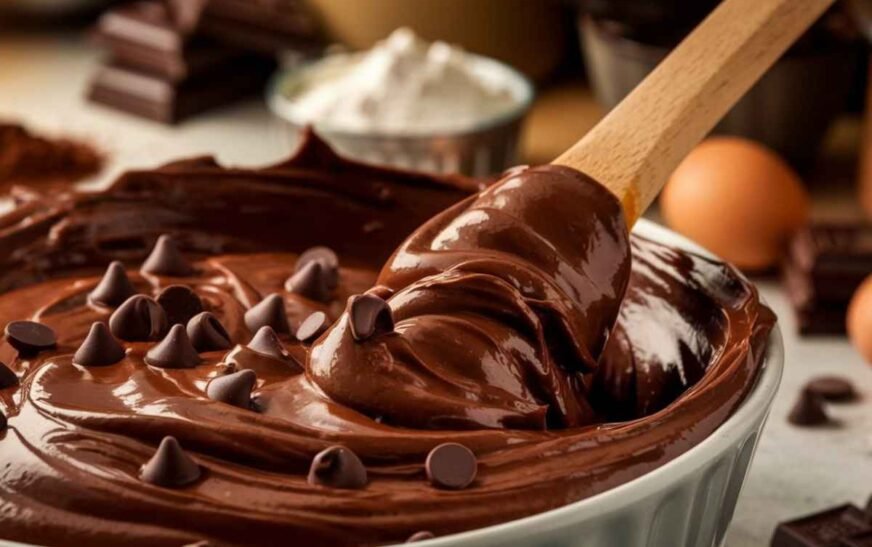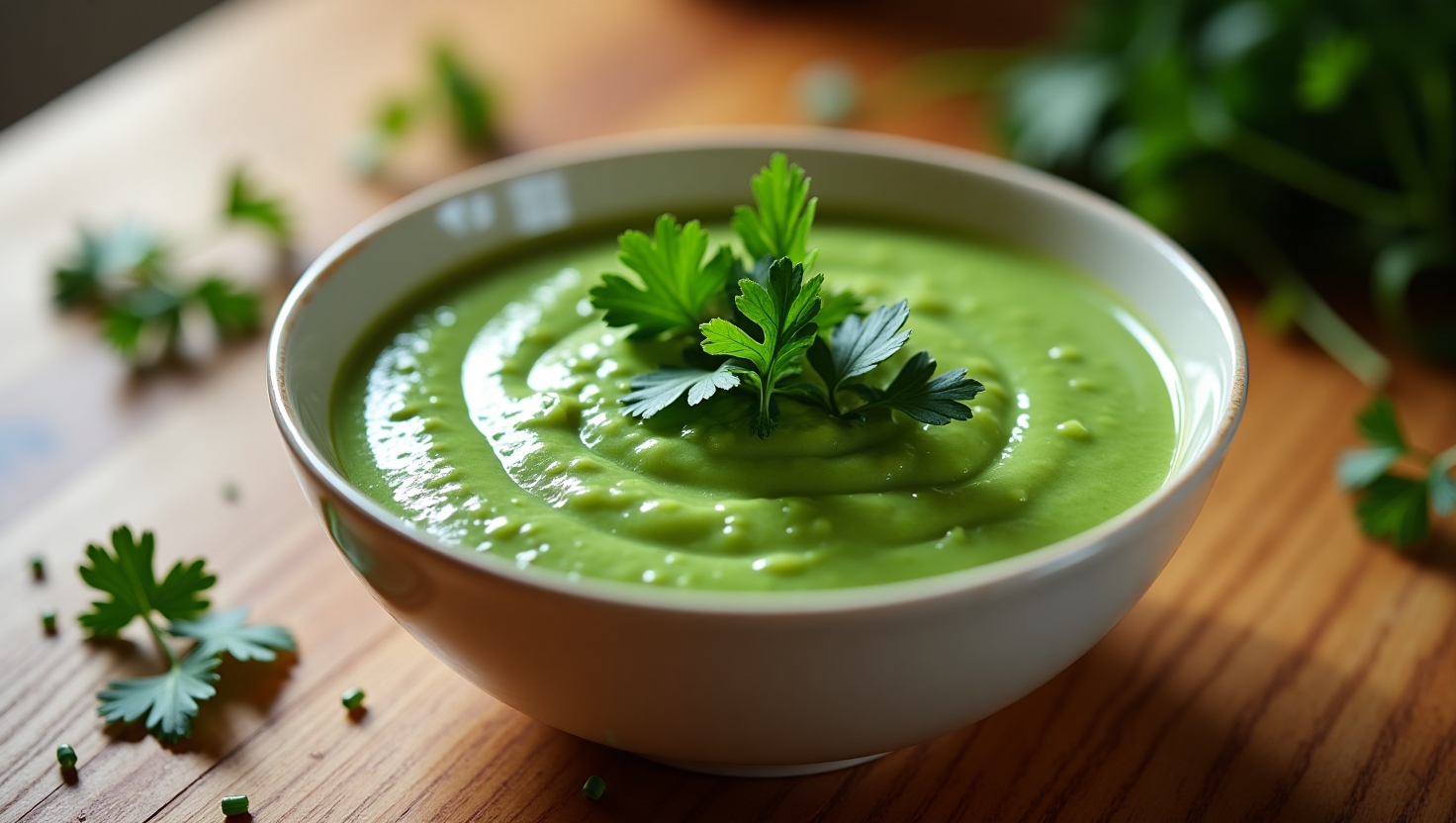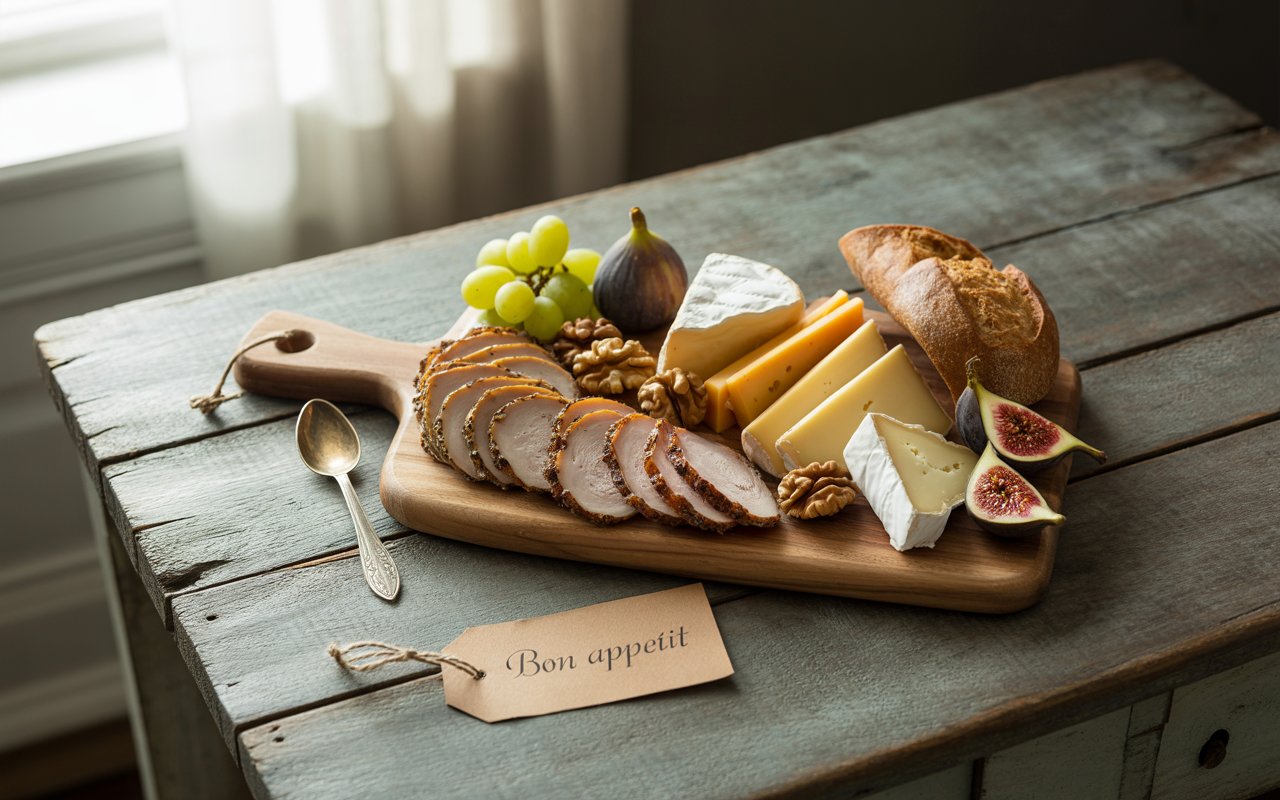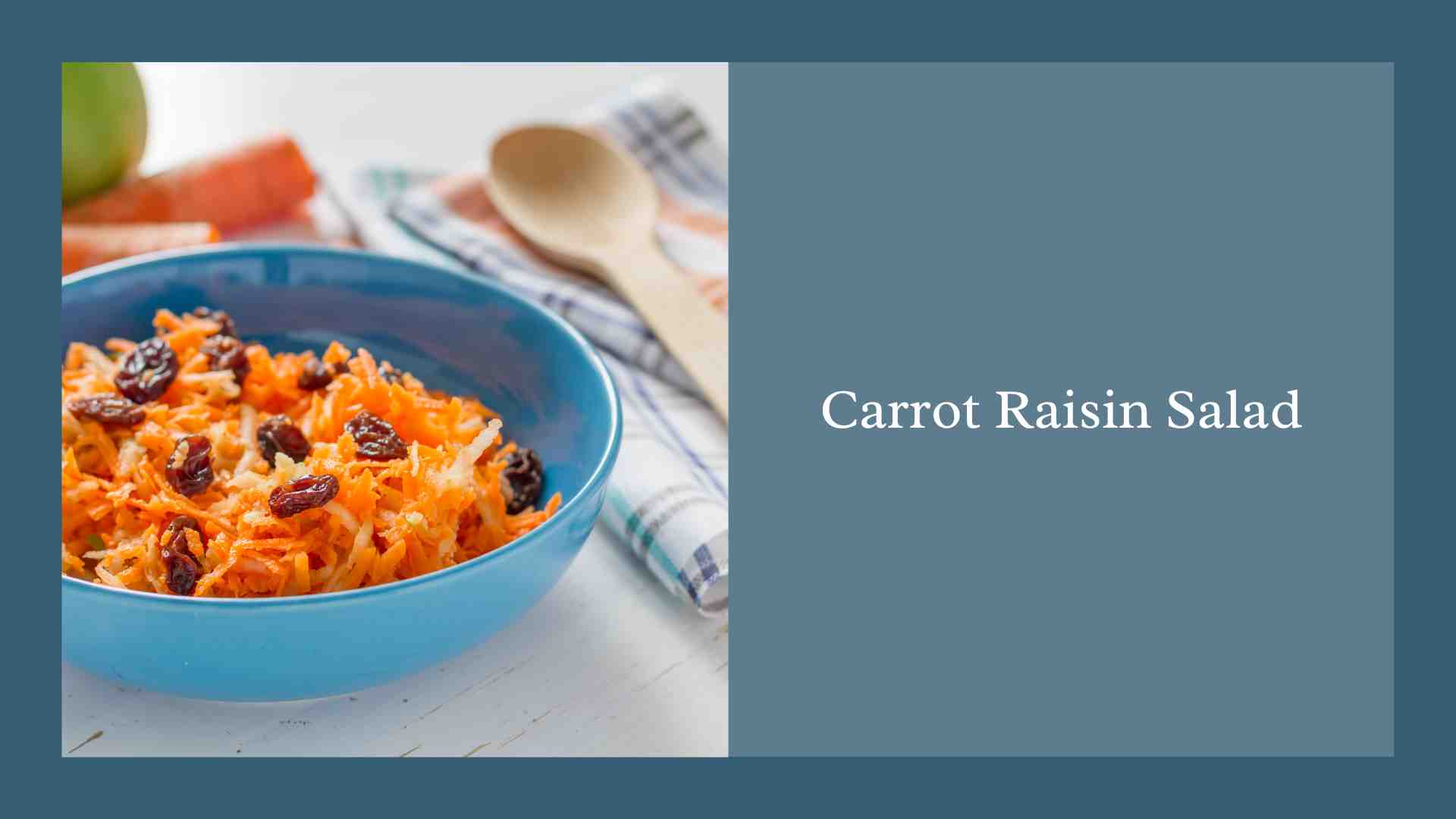- The Origin of Brownie Batter
- Popularity of Brownie Batter
- Universal Appeal
- Ease of Preparation:
- Versatility:
- Cultural Significance:
- Social Media Influence
- Indulgence Factor:
- Benefits of Brownie Batter
- Quick and Easy Preparation
- Customizable Ingredients:
- Rich Flavor:
- Energy Boost:
- Social Enjoyment:
- Pros of Consuming Brownie Batter
- Delicious Taste:
- Easy to Make:
- Customizable:
- Quick Energy Boost:
- Comfort and Nostalgia:
- Cons of Consuming Brownie Batter
- Health Concerns:
- Raw Eggs:
- Caloric Density
- Potential Allergens:
- Risk of Overindulgence:
- Simple Brownie Batter Recipe
- Ingredients
- Instructions
- Conclusion
- What is brownie batter?
- Is it safe to eat brownie batter?
- How do I make brownie batter without sugar?
- What can I add to brownie batter for extra flavor?
- How do I store leftover brownie-batter?
- Can I use brownie batter to make cookies?
- What’s the difference between brownie batter and cake batter?
- How can I tell if my brownies are done baking?
Brownie batter is a delightful mixture that serves as the foundation for one of the most beloved desserts—brownies.
This article will explore the origins of brownie batter, its popularity, the benefits and drawbacks of consuming it, and a simple recipe to make delicious brownies from scratch.
The Origin of Brownie Batter

Brownies were invented in the United States in the late 19th century. The exact origin of brownie batter is unclear, but it is believed to have emerged around the 1890s.
The first published recipe for brownies appeared in the 1907 edition of the Boston Cooking School Magazine of Culinary Science, written by Fannie Farmer.
Since then, brownies and their batter have become staples in American baking, enjoyed for their rich chocolate flavor and chewy texture.
Popularity of Brownie Batter
Brownie batter has gained immense popularity for several reasons, making it a staple in both home kitchens and bakeries. Here’s a brief explanation of its popularity:
Universal Appeal
The rich, chocolatey flavor of brownies appeals to a wide audience. They are often loved by people of all ages, making them a go-to dessert for various occasions.
Ease of Preparation:
It is simple to make, requiring just a few common ingredients and minimal baking skills. This accessibility makes it a popular choice for novice bakers and busy individuals looking for a quick and satisfying treat.
Versatility:
It can be customized in numerous ways, allowing bakers to experiment with different flavors and add-ins. From nuts and chocolate chips to caramel swirls and seasonal ingredients, the possibilities are endless. This versatility keeps brownie batter fresh and exciting.
Cultural Significance:
In the United States, brownies are a classic dessert, often associated with home-baking traditions and comfort food. They are frequently served at parties, potlucks, and family gatherings, further enhancing their popularity.
Social Media Influence
With the rise of social media platforms like Instagram and TikTok, visually appealing desserts like brownies gain traction through food photography and videos. Creative brownie recipes and unique presentations have contributed to their popularity in recent years.
Indulgence Factor:
It offers a rich, indulgent experience, making it a favored choice for those looking to satisfy their sweet cravings. The fudgy texture and deep chocolate flavor create a comforting treat that many find irresistible.
Benefits of Brownie Batter

It offers several benefits that make it a beloved choice for dessert enthusiasts:
Quick and Easy Preparation
Brownie-batter can be whipped up in a matter of minutes, making it an ideal option for last-minute dessert cravings. Its straightforward recipe typically involves simple mixing of common ingredients.
Customizable Ingredients:
Brownie-batter is highly versatile. You can add various mix-ins like nuts, chocolate chips, or fruit to suit personal preferences, allowing for endless flavor combinations.
Rich Flavor:
The dense and fudgy texture of brownie batter provides a rich chocolate experience that satisfies sweet cravings, making it a favorite among chocolate lovers.
Energy Boost:
Brownies are high in sugar and carbohydrates, offering a quick energy boost, which can be particularly appealing for those needing a pick-me-up.
Social Enjoyment:
Making and sharing brownies can foster social connections. They are often baked for gatherings, parties, or as gifts, bringing people together to enjoy a delicious treat.
Pros of Consuming Brownie Batter
Delicious Taste:
Brownie batter is rich and indulgent, delivering a satisfying chocolate flavor that appeals to many sweet tooth cravings.
Easy to Make:
The simplicity of preparing brownie batter makes it accessible to bakers of all skill levels, allowing anyone to create a delightful treat quickly.
Customizable:
Brownie-batter can be tailored to personal tastes with various mix-ins, such as nuts, chocolate chips, or flavor extracts, offering endless creative possibilities.
Quick Energy Boost:
Due to its high sugar and carbohydrate content, consuming brownie-batter can provide a quick source of energy, making it a tempting option for an instant pick-me-up.
Comfort and Nostalgia:
Brownies often evoke feelings of comfort and nostalgia, making enjoying brownie batter a delightful emotional experience.
Cons of Consuming Brownie Batter
Health Concerns:
Brownie-batter is typically high in sugar and fat, which can contribute to weight gain and other health issues if consumed in excess.
Raw Eggs:
Many brownie batter recipes contain raw eggs, which pose a risk of salmonella infection, particularly if not using pasteurized eggs.
Caloric Density
Brownie-batter is calorie-dense, making it less suitable for those on calorie-restricted diets or those aiming for healthier eating habits.
Potential Allergens:
Ingredients like flour, eggs, and nuts may cause allergic reactions in some individuals, making brownie batter unsuitable for everyone.
Risk of Overindulgence:
The irresistible taste can lead to overeating, resulting in excessive sugar and calorie intake.
Simple Brownie Batter Recipe

Here’s a simple and delicious brownie-batter recipe to satisfy your sweet tooth.
Ingredients
- 1/2 cup (115g) unsalted butter, melted
- 1 cup (200g) granulated sugar
- 2 large eggs
- 1 teaspoon vanilla extract
- 1/3 cup (40g) unsweetened cocoa powder
- 1/2 cup (65g) all-purpose flour
- 1/4 teaspoon salt
- 1/4 teaspoon baking powder
- Optional: 1/2 cup (90g) chocolate chips or chopped nuts
Instructions
- Preheat the Oven: Preheat your oven to 350°F (175°C).
- Mix Wet Ingredients: Mix the melted butter and sugar in a large bowl until well combined. Add the eggs and vanilla extract, mixing until smooth.
- Combine Dry Ingredients: In a separate bowl, whisk together the cocoa powder, flour, salt, and baking powder. Gradually add this mixture to the wet ingredients, stirring until just combined. If desired, fold in chocolate chips or nuts.
- Bake: Pour the batter into a greased 8×8-inch (20×20 cm) baking pan. Bake for 20-25 minutes, or until a toothpick inserted into the center comes out clean.
- Cool and Serve: Allow the brownies to cool before cutting them into squares. Enjoy!
Tips to Keep in Mind
Storage: Store leftover brownies in an airtight container at room temperature for up to 3 days or freeze them for longer preservation.
Use Quality Ingredients: Opt for high-quality cocoa powder and chocolate to enhance the flavor of your brownies.
Measure Accurately: Use precise measurements for ingredients to ensure the best texture and taste.
Don’t Overmix: Mix the batter until just combined to avoid tough brownies; overmixing can lead to a denser texture.
Customize Wisely: Feel free to add nuts, chocolate chips, or other mix-ins, but avoid adding too many to maintain the right balance.
Check Baking Time: Bake brownies until a toothpick inserted in the center comes out with a few moist crumbs for fudgy brownies, or clean for cakey brownies.
Use Room Temperature Ingredients: Ensure eggs and butter are at room temperature for a smoother batter and better mixing.
Experiment with Flavors: Try adding spices (like cinnamon) or extracts (like almond or mint) for unique flavor profiles.
Allow Cooling Time: Let brownies cool in the pan before cutting them to ensure clean edges and prevent them from falling apart.
Conclusion
Brownie batter is more than just a mix; it’s a part of a cherished dessert tradition. While it has its pros and cons, its popularity remains strong due to its delicious flavor and versatility.
Whether you enjoy it in traditional brownie form or as a base for various desserts, brownie batter continues to be a favorite among dessert lovers everywhere.
What is brownie batter?
Brownie-batter is a mixture of ingredients used to make brownies, a popular dessert known for its rich chocolate flavor and fudgy texture. The basic ingredients typically include flour, sugar, cocoa powder, eggs, butter, and sometimes chocolate chips or nuts.
Is it safe to eat brownie batter?
Eating brownie-batter that contains raw eggs can pose a risk of salmonella. To mitigate this risk, consider using pasteurized eggs or egg substitutes. Alternatively, you can make egg-free brownie-batter using recipes that do not require eggs.
How do I make brownie batter without sugar?
You can substitute granulated sugar with natural sweeteners like honey, maple syrup, or stevia. Keep in mind that the texture and flavor may differ slightly, so you might need to adjust other ingredients to compensate for the liquid content of liquid sweeteners.
What can I add to brownie batter for extra flavor?
There are many delicious additions to enhance your brownie-batter, including:
- Nuts: Walnuts, pecans, or almonds add crunch and flavor.
- Chocolate chips: Dark, milk, or white chocolate chips can increase the chocolate richness.
- Caramel or peanut butter: Swirls of caramel or peanut butter create delightful flavor combinations.
- Spices: A pinch of cinnamon or espresso powder can elevate the chocolate flavor.
How do I store leftover brownie-batter?
Store leftover brownie-batter in an airtight container in the refrigerator for up to 3 days. If you don’t plan to use it within that time, consider freezing it (as mentioned earlier) for longer storage.
Can I use brownie batter to make cookies?
Yes! You can scoop brownie-batter onto a baking sheet and bake it to make brownie cookies. Adjust the baking time to about 10-12 minutes for cookies, keeping an eye on them to avoid overbaking.
What’s the difference between brownie batter and cake batter?
Brownie-batter typically contains more fat (butter or oil) and less flour than cake batter, resulting in a denser, fudgier texture. Cake batter is lighter and fluffier, designed to rise more during baking due to the higher flour-to-fat ratio.
How can I tell if my brownies are done baking?
To check if your brownies are done, insert a toothpick into the center of the brownies. If it comes out with a few moist crumbs (but not wet batter), the brownies are done. For fudgier brownies, aim for a slightly shorter baking time. If it comes out clean, the brownies may be overbaked.










